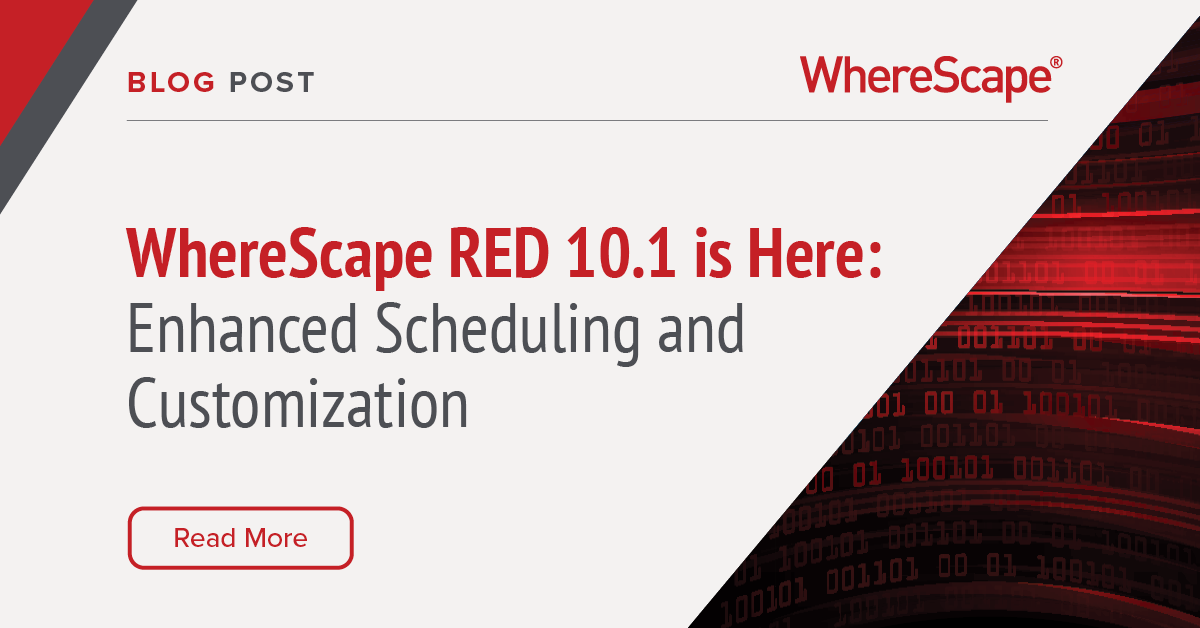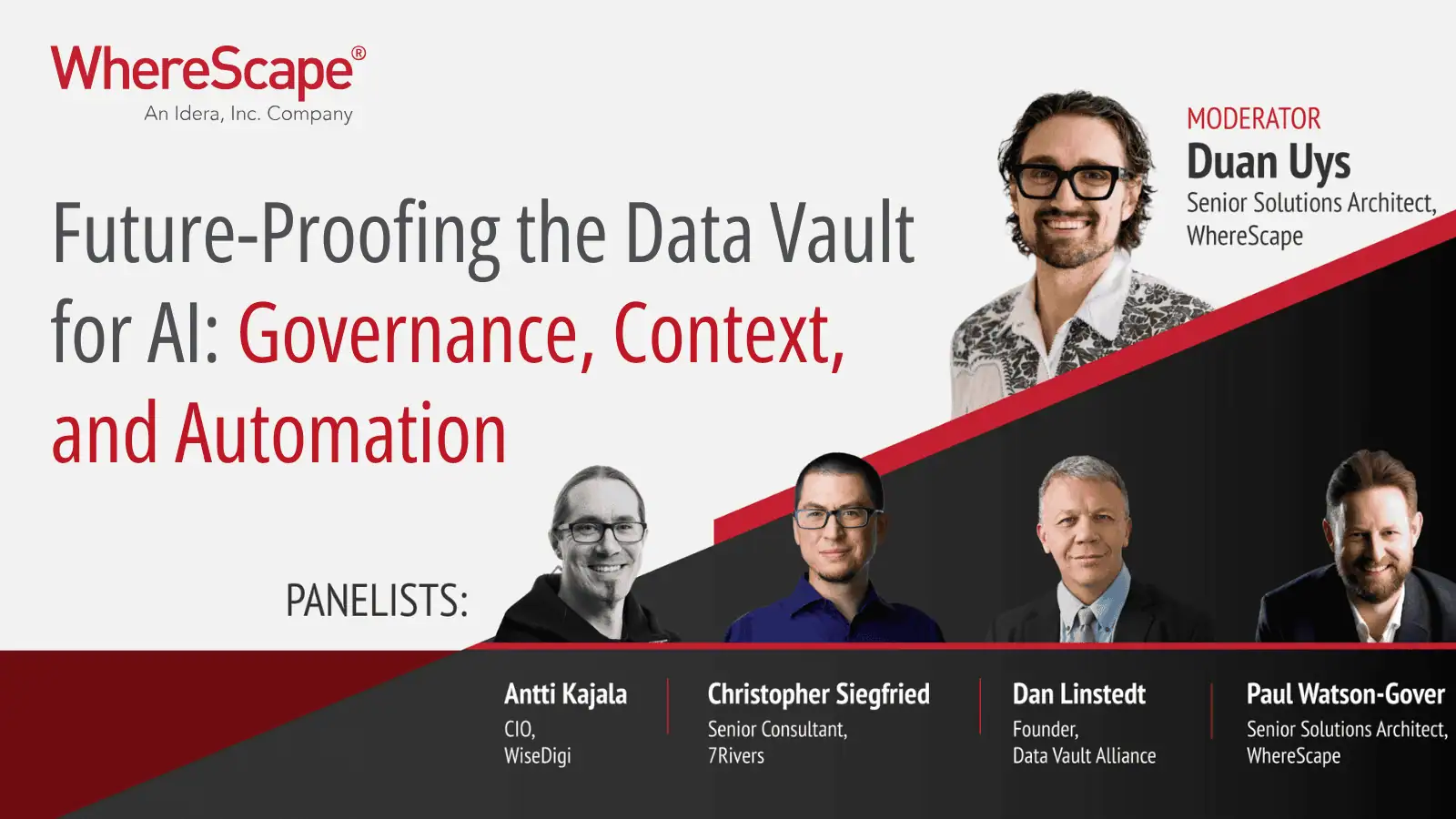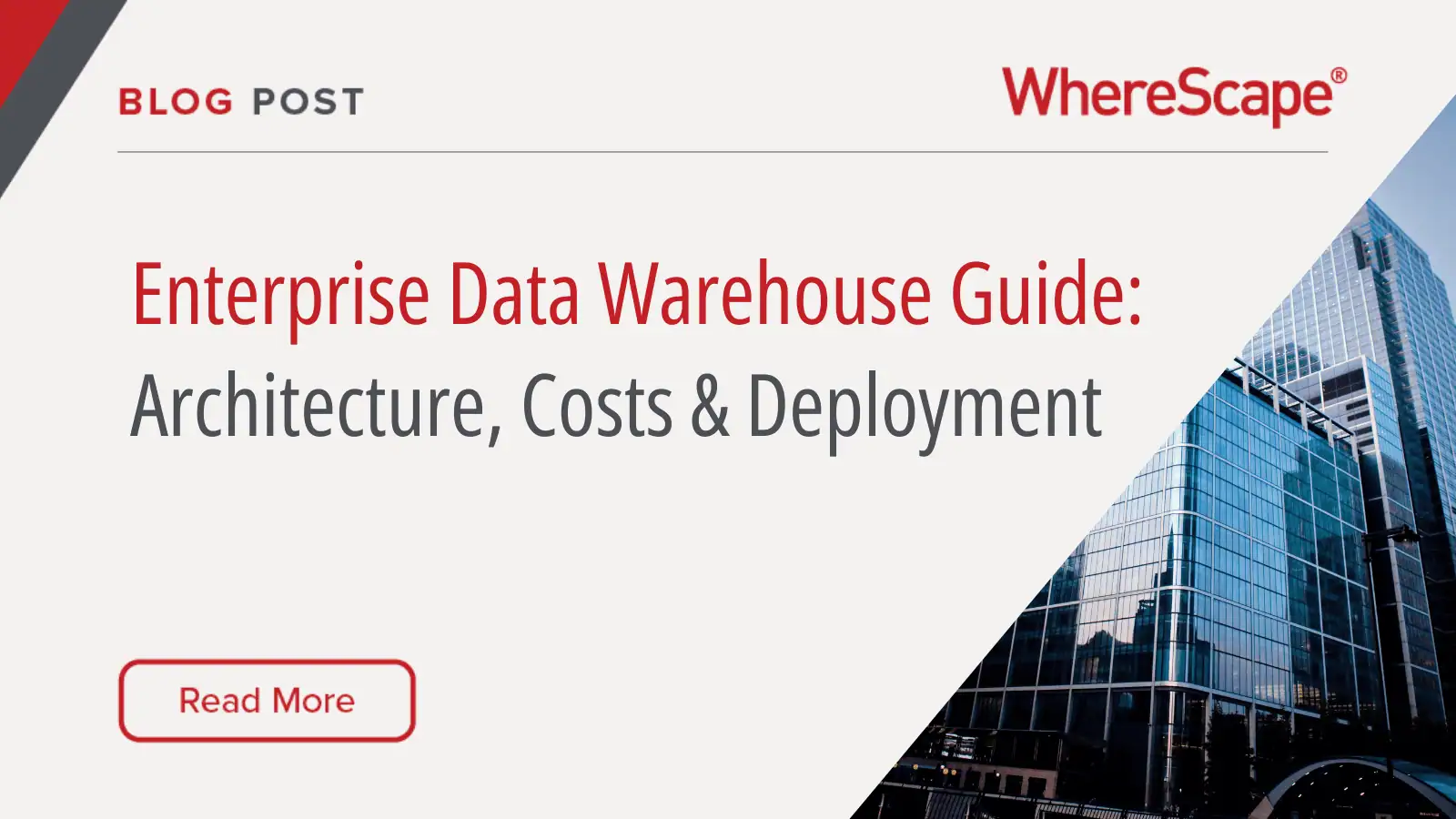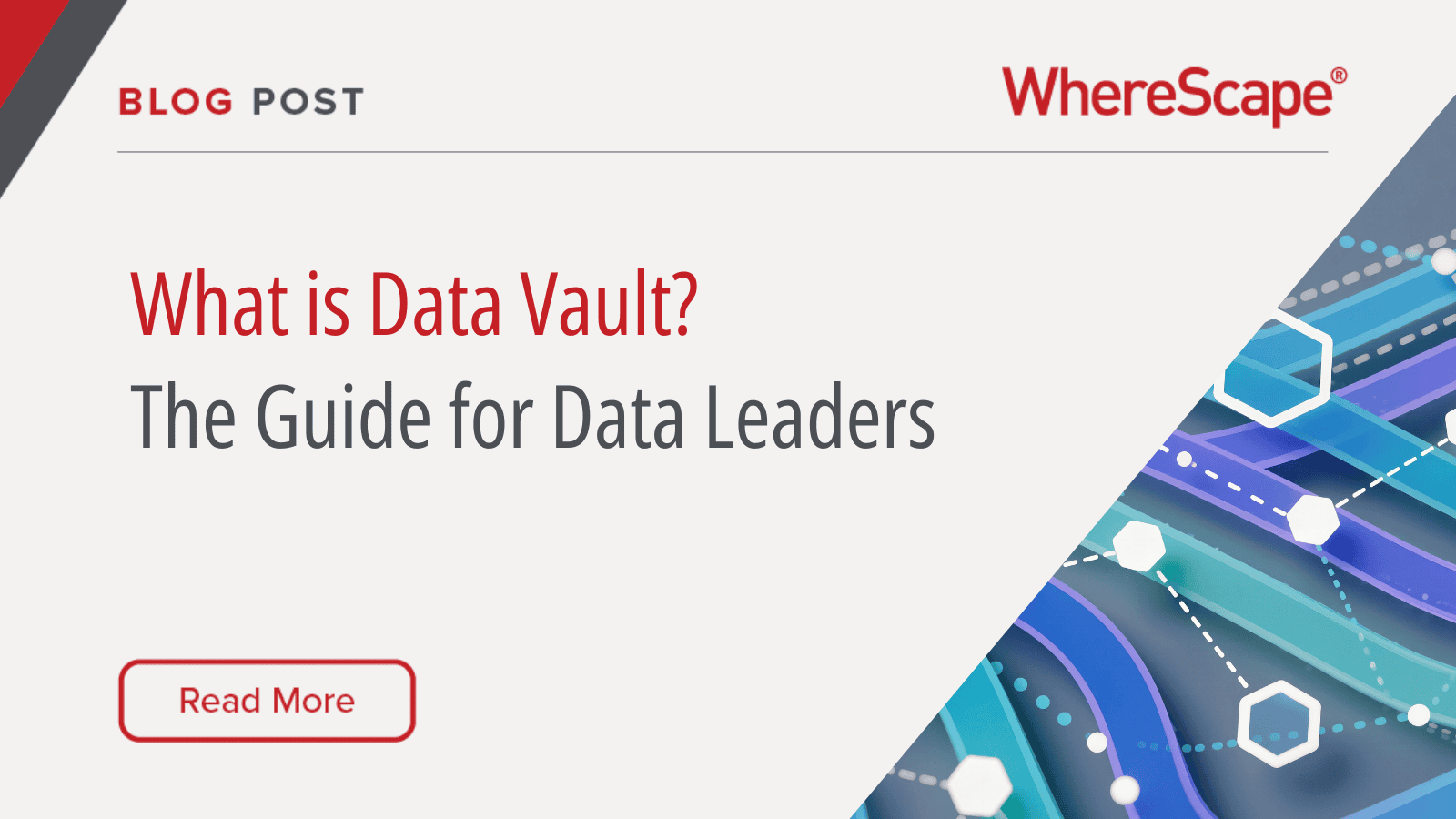We’re proud to announce the highly anticipated WhereScape RED 10.1 is now available, and it’s packed with exciting new features and enhancements designed to make your data warehousing experience more efficient and enjoyable. Let’s take a closer look at what’s new and improved!
Customizable Object Subtypes
One of the standout features in WhereScape RED 10.1 is the introduction of Customizable Object Subtypes. This feature allows you to configure object subtypes based on existing object types in RED with settings for:
- Name
- Icon to appear in object trees and documentation
- Default Routine Templates for automated code generation
- Appearance in object trees

This enhancement is particularly useful for users managing complex data structures like Data Vaults, enabling more precise differentiation and control over automation aspects. Plus, you can now assign specific icons to each subtype, boosting productivity and enhancing the visual appeal of your workspace.
Enhanced Scheduler Capabilities

This release introduces a new, more powerful scheduler for efficiently managing all of your jobs.
- Azkaban and RED 10: RED 10 benefits from the dynamic open-source Azkaban scheduler, powered by LinkedIn, offering improved productivity, scalability, and collaboration.
- Improved Azkaban/RED Synchronization: When canceling jobs directly from Azkaban, the RED job metadata is updated automatically, eliminating the need for extra tasks to sync states.
- Child Process Cleanup on Job Cancellations: Optional cleanup scripts are triggered automatically to kill lingering child processes, ensuring no unwanted transactions occur.
- Improved Job Restart Workflow: Manually marking a failed task as ‘completed’ now allows for a smoother restart, marking the job as ‘Succeeded’ if no other tasks failed.
These updates ensure smoother, more efficient job management, minimizing disruptions and enhancing overall workflow stability.
Ready to Revolutionize Your Data Warehousing?

WhereScape RED 10.1 is designed to bring more power, flexibility, and efficiency to your data warehousing projects. With customizable object subtypes, enhanced scheduling capabilities, and robust security updates, this release is set to elevate your data management game.
WhereScape operates on a three-month development cycle, which means we’re continually evolving. For more details, check out our official release notes. Or if you’d prefer a personal walkthrough of RED 10.1, let us know by filling out this short form here.




